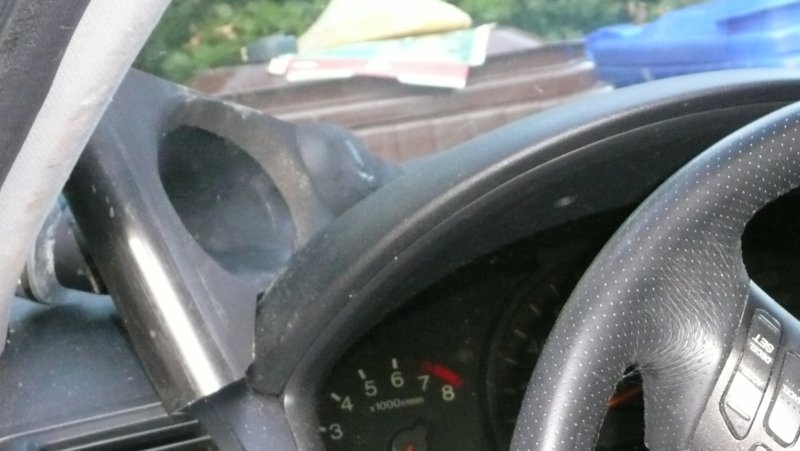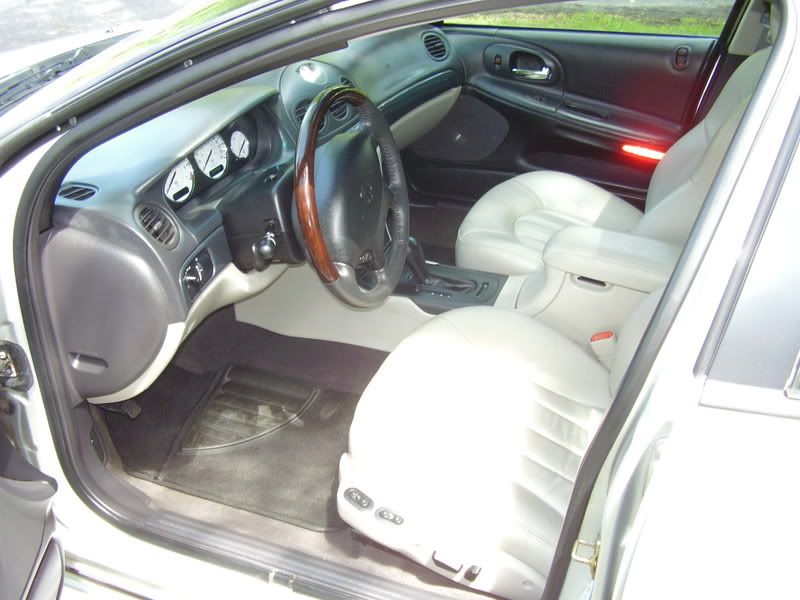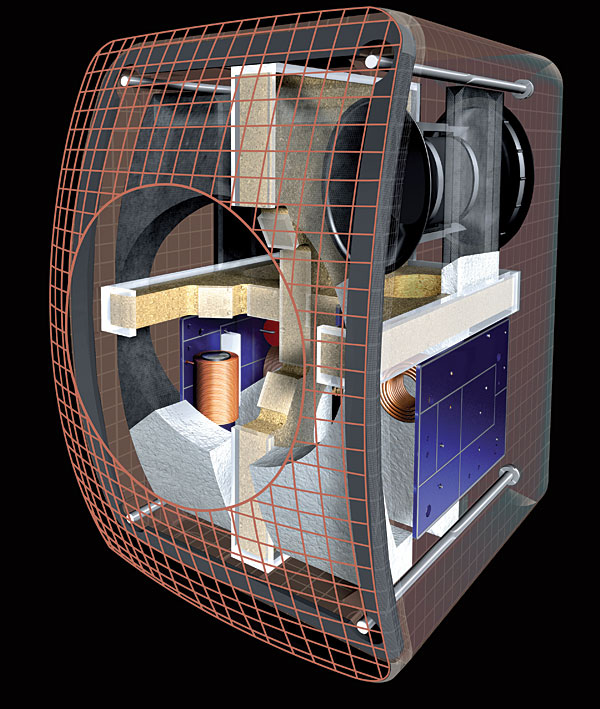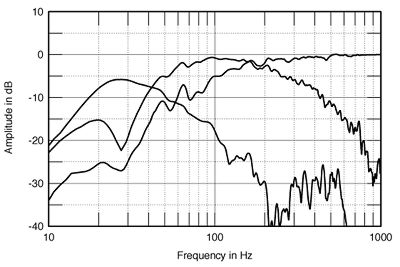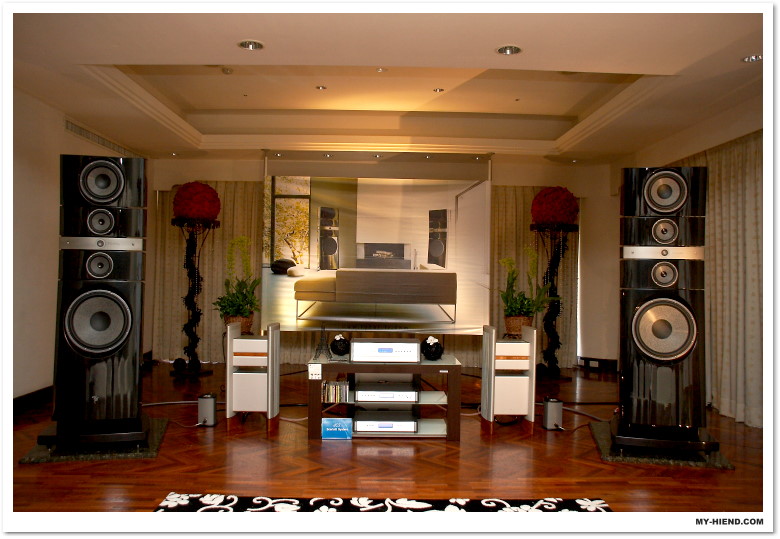For a few years I've been messing with ways to warp sound, and relocate sound. I've come up with something new and thought people might be interested in seeing the results.
It's hard to 'fake' soundstage depth. There's lots of processors that can make your soundstage sound wider, but depth is tough to fake. DSP processors can manipulate the location of the stage, from left to right, but manipulating it front to back is tough.
In a nutshell, our perception of soundstage depth is mostly dictated by how deep the speakers are actually located.
This varies with frequency; and it's easier to fake it at 5khz then 500hz. But in the two octaves from 500hz to 2khz, your perception of where the sound is coming from is basically going to be dictated by where the sound is actually coming from!
![Image]()
A tried and true solution is to use kick panels. This allows you to put the speakers further away than if they were in the doors, but it requires fabrication and it eats up precious room under the dash.
![Image]()
Here's my oddball solution that I designed for my Mazda6.
![Image]()
Looks a bit like a submarine.
![Image]()
The enclosure is basically a miniaturized version of the cabinet of a Kef 107/2. The Kef 105/3 also used a similar setup. There are two woofers in the cabinet. One pushes, one pulls, and all the air exits out of the port. Basically a push-pull bandpass box.
It's hard to 'fake' soundstage depth. There's lots of processors that can make your soundstage sound wider, but depth is tough to fake. DSP processors can manipulate the location of the stage, from left to right, but manipulating it front to back is tough.
In a nutshell, our perception of soundstage depth is mostly dictated by how deep the speakers are actually located.
This varies with frequency; and it's easier to fake it at 5khz then 500hz. But in the two octaves from 500hz to 2khz, your perception of where the sound is coming from is basically going to be dictated by where the sound is actually coming from!
A tried and true solution is to use kick panels. This allows you to put the speakers further away than if they were in the doors, but it requires fabrication and it eats up precious room under the dash.

Here's my oddball solution that I designed for my Mazda6.

Looks a bit like a submarine.

The enclosure is basically a miniaturized version of the cabinet of a Kef 107/2. The Kef 105/3 also used a similar setup. There are two woofers in the cabinet. One pushes, one pulls, and all the air exits out of the port. Basically a push-pull bandpass box.











